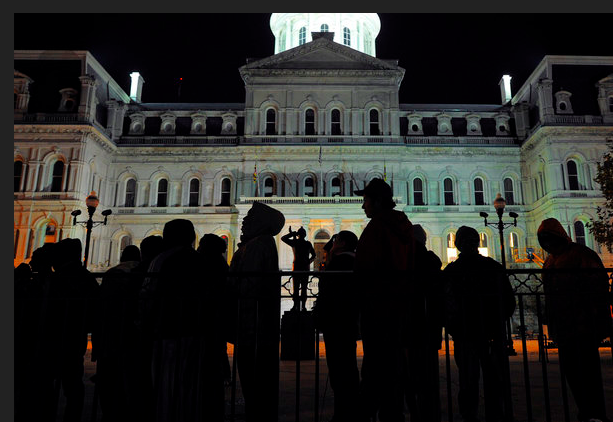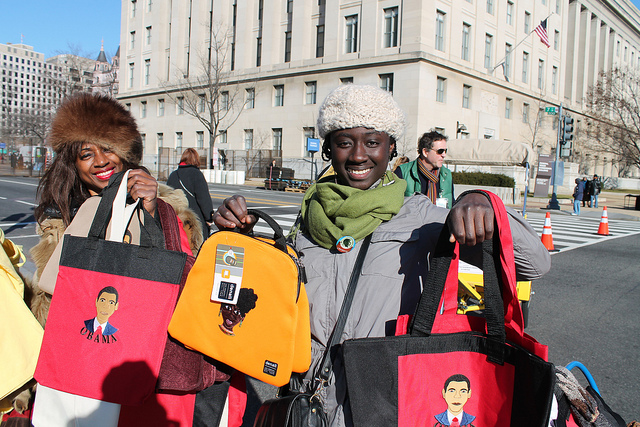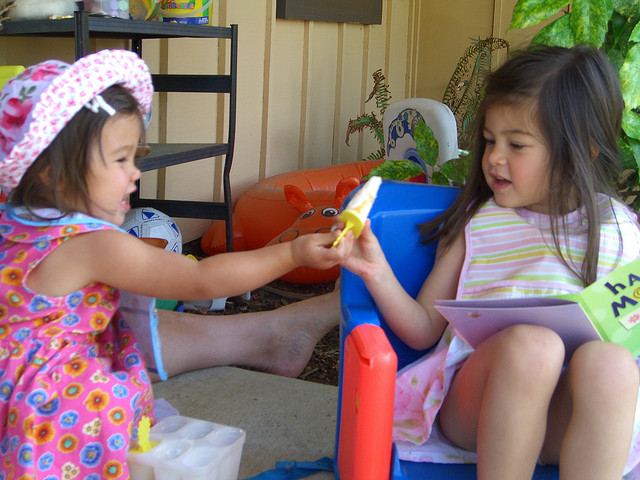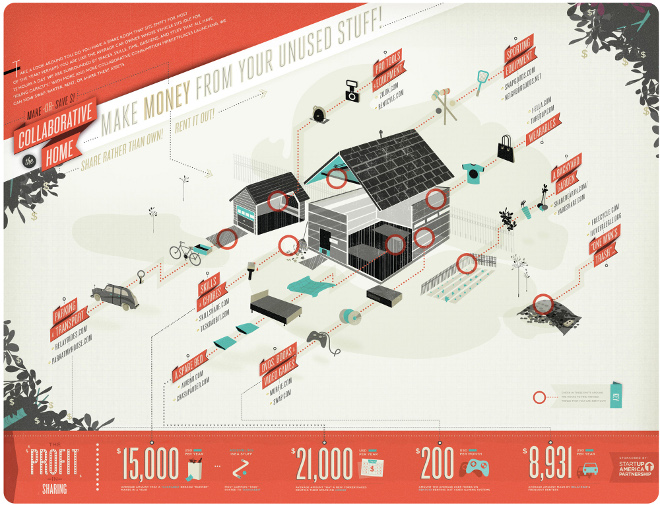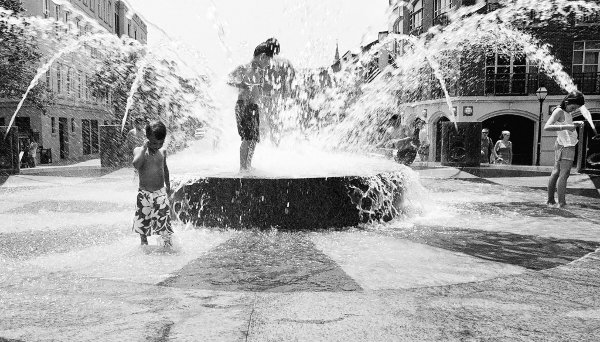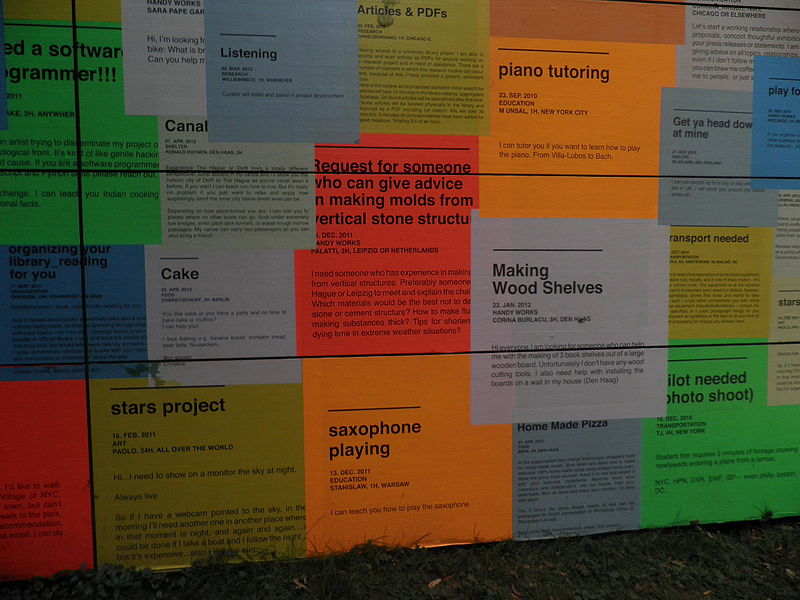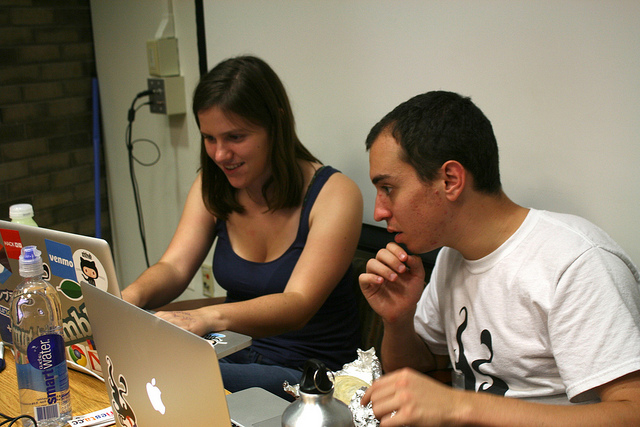
What do you think of when you hear the word “innovation”? What comes to mind when you hear that buzz word of all buzz words? Do you reminisce about Steve Jobs in his turtle neck? Do you conjure images of Thomas Edison slaving over the light bulb? Do you imagine the Wright Brothers doing the unthinkable at Kitty Hawk? Or do you think of yourself and a community of people like you working together to change the world?
Innovation is usually described as the product of geniuses. It is something that is created for us, not by us. When we tell the story of invention we often ignore the important contributions of others and focus on “eureka” moments by solo inventors. Our patent system is built on this concept. So when we come face to face with some of the world’s most intractable problems we often look to visionaries to come up with the solution that we buy or replicate.
Yet, what if we all became inventors? Collaborative open innovation takes development out of the hands of one inventor playing with filaments in his laboratory and harnesses a worldwide community of inventors, testers, and tweakers. A perfect example is the mountain bike. Mountain bikes were not created by a company but a group of users who were frustrated by the limitations of road bikes and the lack of options for off-road biking. Users modified heavy cruiser bikes with better brakes, racing gears, and fat tires to create a new type of bike called a klunker. Eventually companies picked up on the trend and began producing models of their own.
Charles Leadbeater uses this example to describe how users can create new products that companies would never have thought of. He points out that we often think of innovation as special people in special places creating the ideas that are transported down the pipeline to passive consumers. However more and more we are seeing innovations go in reverse, where users create and define products.
Britta Riley of Windowfarms.org refers to open innovation as R&DIY, Research and Develop it Yourself. She has created an online community that is working on a system of hanging gardens that would allow apartment dwellers to grow their own food with just a little bit of window space. Using her website over 39,000 urban micro-farmers develop and test improvements for an indoor vertical hydroponic food growing system. Windowfarms is an exceptional example of the power of open collaborative innovation for social change. Instead of waiting for “experts” to fix our food system or plugging away at the problem herself, Riley invited a whole score of co-developers to work with her to create innovations that could allow apartment dwellers to grow their own salads right at home. Imagine what other problems we could solve together.
In order to form a new economy, we need radical ideas and companies aren’t going to create them for us. We need a new pool of collaborative open source innovators who share, create, and improve each others work to create new and better ways of meeting our community needs.
Innovation is collaborative and cumulative. Ideas need places to meet, mingle, and mate into something great. Luckily for Charm City residents, there is an event coming up that will give you the opportunity to do just that. Next week community change agents from all walks of life will come together for the third edition of Create Baltimore, an unconference for new ideas and actions to improve the city. Instead of waiting for Apple’s next big announcement or a Nobel laureate to come up with a cure for everything, let’s come together and collaboratively create our own products and models to improve our community.
IMAGE CREDIT. Courtesy of hackNY

